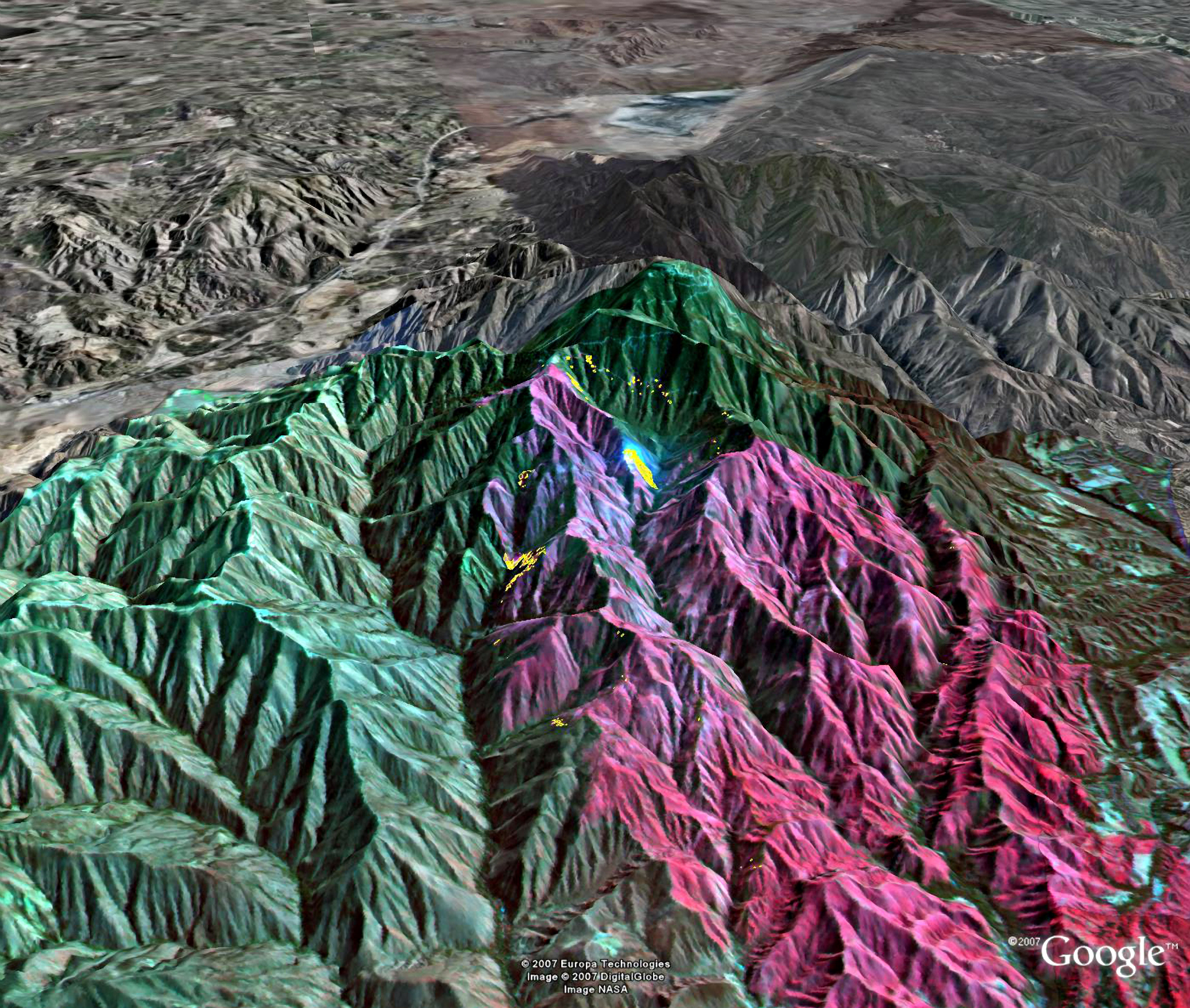By Noel W. Hinners
One of the great mysteries of life is that very few of those we work for have the least inclination, or possibly the needed skills, to consciously mentor us in the fine art of management. We are left largely to trial and error, with the likelihood that error will occur at just the wrong time and we won’t realize it until the infamous stuff hits the fan. This is not necessarily bad as long as a lesson is indeed learned and no serious damage occurs. In many regards, on-the-job training is much more effective than reading myriad books on management; it is not the ideal way to avoid a management catastrophe, however.
Many of us don’t avail ourselves of potentially useful techniques either because we don’t know about them or don’t believe in them. NASA’s Academy of Program/Project and Engineering Leadership helps with the former. Disbelief and skepticism remain particularly rampant among scientists and engineers steeped in the mythology that only technical expertise and gutlevel management matter.
I think those are necessary but insufficient. Even a casual perusal of failure reviews should convince you of that. So, of all the pet techniques of management gurus, which ones might work best in our frequently stressful environment? One I’ve found especially useful and enjoyable is “management by wandering around” (MBWA). The “wandering” is often replaced by “walking,” but I prefer “wandering” as it connotes a sense of purposeful randomness and the possibility of an unexpected and fruitful chance encounter.
I was first exposed to MBWA in the early sixties with my first employer, Bellcomm, a NASA contractor hired to assist with Apollo systems engineering. My bosses frequently would stop by my cubicle and either talk about a specific topic or sometimes just chat about how things were going. I presumed that was the normal way to interact, rather than always going to the boss’s office or presenting in a formal situation. (Nor am I sure that all the Bellcomm managers did it; maybe it was a quirk of the ex-pat Brits in the company.) In any case, it seemed normal and added a personal touch to interactions. They would comment on things on my desk or wall and I’d get the chance to discuss subjects I’d normally not raise in a formal environment. That they were genuinely interested in me as well as what I was working on was a big boost to me as a novice in the workplace. Their approach was not called MBWA in those days—it wasn’t called anything until popularized by the management guru Tom Peters in the early eighties. (And I missed an early opportunity to become a rich management consultant myself.)
When I joined NASA’s lunar program in 1972, I was struck by the fact that MBWA was not the norm. I generally didn’t see my boss or boss’s boss except at meetings or when I was called to his office. However, when I became associate administrator for Space Science in 1974, I started to use the practice myself, enjoying the opportunity to break out of my confines and go to a person’s office either for a one-on-one meeting or simply to drop in and chat about what they were doing. I was struck (retrospectively, as I don’t recall ever thinking about it as a technique) that the informality of such encounters increased interaction and information transfer. In contrast, being called to the boss’s office can create a stiffness that inhibits effective conversation; the setting lends itself more to monologue than dialogue.
Of course there are exceptions. In 1972 Rocco Petrone, Apollo program director, called me into his office to talk about science on the Apollo missions. Our thirty-minute meeting extended to three hours as Rocco—interrupted by short phone calls with Jim McDivitt about lunar module problems—philosophized about the impact of space science, especially astronomy, on civilization and asked me more questions than I had answers to.
In stark contrast, Rocco could be a tyrant in the formal meetings. On one occasion he demanded I tell him if it was a Phillips-head or a straight-head screw in the box under discussion. I annoyingly responded, “How the hell would I know?” Years later I deduced that this was Rocco’s technique for getting you to the point where you’d best say, “I don’t know,” rather than try to fake it and was part of his “pay attention to detail” mentality. This is not your typical MBWA story, of course, but it demonstrates that talking one on one abrogates the need to playact for the audience. And the fact that nobody is writing up what is said makes it possible to say more. But usually meeting on neutral ground or in the other fellow’s environment is best, getting away from the intimidation factor of the boss’s office and the desk separating the two of you.
After developing an eye twitch at HQ, I left NASA in 1979 for a new career as director of the Smithsonian National Air and Space Museum. I didn’t know a thing about what a museum director does and didn’t immediately have to, as the staff was skilled and good. It was an unbelievably different environment from NASA, however. Instead of focusing on making viewgraphs (they really were in those days), writing Congressional testimony, or worrying about the launch of Solar Max, my challenge at the museum was to focus on the next 100 years and work with the staff to ensure an ongoing orderly mix of permanent and evolving exhibits. There is no better way than using the MBWA technique to find out what people really do.
Coming in early (not to get more work done, but to avoid Washington traffic) I’d get to talk with the people who made the museum tick: the security folks and the janitorial staff. Security had the essential job of protecting exhibits and the public, all the while being pleasant to the visitors. Janitors made the museum hum, cleaning it thoroughly after closing and before opening the next day. Clearly, the importance pyramid was upside down relative to the organizational one.
I stumbled upon another MBWA technique that I’d like to be able to say was deliberate and skillfully planned, but it wasn’t. One very snowy evening I decided not to go home but to camp out in the museum. This was an eye-opening occasion to talk with the folks and see, for example, how they got that damnable chewing gum off the carpets (hit it with a burst of liquid nitrogen and off it pops) and the meticulous care given to sprucing the place up before the morning opening.
Three years later I was privileged to become director of Goddard Space Flight Center. Goddard was, and is, an immense organization of more than 3,000 dedicated and capable civil servants and many thousands of contractors. When information flows up through four or five layers of management, you don’t know what really goes on. Every layer filters information in one way or another. So, break out the MBWA. For half an hour once a week or so, I would wander into a building and office at random and chat with the occupant. Initially, some of the directors were nervous and would try to intercept me. (I never deciphered their early-warning system.) When they found out I was really harmless, they stopped and let me do my thing, including having breakfast meetings with their immediate reports. Lesson learned: the success of MBWA is based wholly on trust, without which you are in reality a spy.
As at the museum, I spent a night at Goddard during a large snowstorm (who in his right mind would travel the Beltway in a big storm?), riding for hours in the cab of a snowplow and seeing what an incredible art it is to plow without boxing yourself into a corner of the parking lot. Those folks had the lots cleared by midnight and I found out that plowing is above my pay grade.
MBWA can be especially useful in gaining insight into major issues that are bothering folks and that would not normally be evident. This was brought home to me when I queried a manager as to why we were having so many issues with HQ and another center. Our informal chatter soon led to his telling me that he was dealing with extreme problems at home. Clearly that was affecting his ability to function well at work. This helped me devise a graceful way to reassign him, removing management pressures and enabling him to devote more time to family matters. This was not a one-time occurrence. During my career I found numerous instances of nonwork issues being a root cause of management problems; developing a sensitivity to this can often help to resolve those problems.
There is a fantastic multiplier effect of MBWA. Word gets around rapidly and, if you listen to the stories, you’d believe that I spent my full time doing it. It also had an interesting reverse effect at Goddard: people felt comfortable coming unannounced to my office to get some tidbit off their chest. It also led in part to managers writing more openly in the Goddard Weekly Report, which, largely unencumbered by protective editing, grew to fifty or sixty pages.
After an abortive return to HQ in 1987, I joined Martin Marietta at their headquarters in Bethesda, Maryland, transferring to Denver two years later. Here I was fortunate to associate with Norm Augustine and yearn for a gene transplant. Norm is a most unusual leader with, in addition to superb technical abilities, an incredible talent for gauging an audience, using pointed humor and incredible speech skills. Norm uses “management by thinking around” and leaves the listener mesmerized by his superb knowledge and logic.
I continued using MBWA in Denver and found a downside. I thought I knew what was going on in my organization. I did not. The traumatic failures of the two 1998 Mars Surveyor missions left me wondering how I could have missed or ignored so many signs of a fatally stressed project. Indeed, in my conversations with folks working the project, I did not pick up on the individual stress that many felt. They put on a “can-do” face: after all, isn’t the impossible and challenging “what we do?” That issue came up in the failure review in a pointed exchange between two highly regarded senior members: one said he wants a “can-do” team, the other questioned the wisdom of unmitigated “can do.” Yes, it is a balancing act, but we were way off center.
Clearly MBWA gives the practitioner insights not obtainable in any other way. MBWA has the corollary benefit of letting you get to know your people as people, not technical automatons, and letting them know you value them as people. The bafflement is why so many managers do not practice MBWA. Caveat emptor: MBWA is not a cure-all. As is true of any individual management tool, it must be augmented and complemented by a host of other proven techniques. But it can tell you things that you as a manager need to know and can’t learn by reading reports or hibernating in your office.










